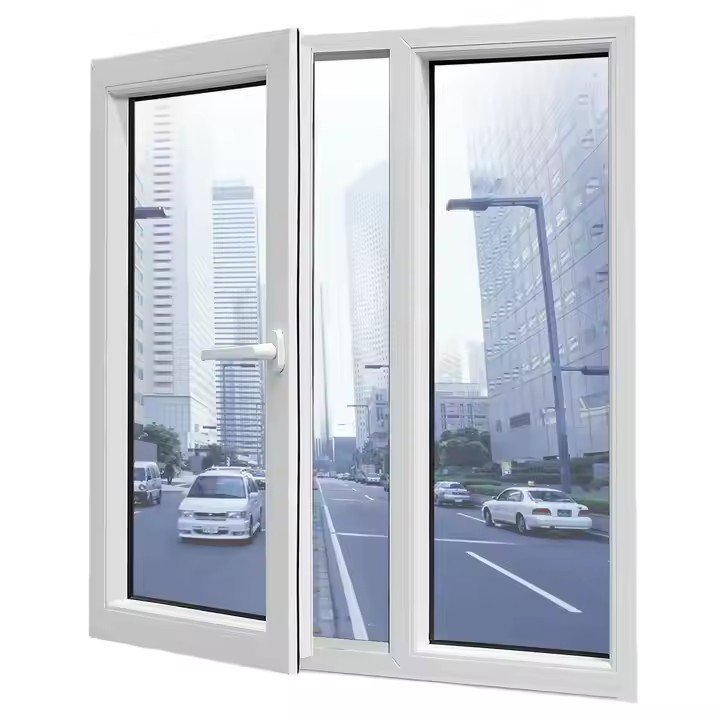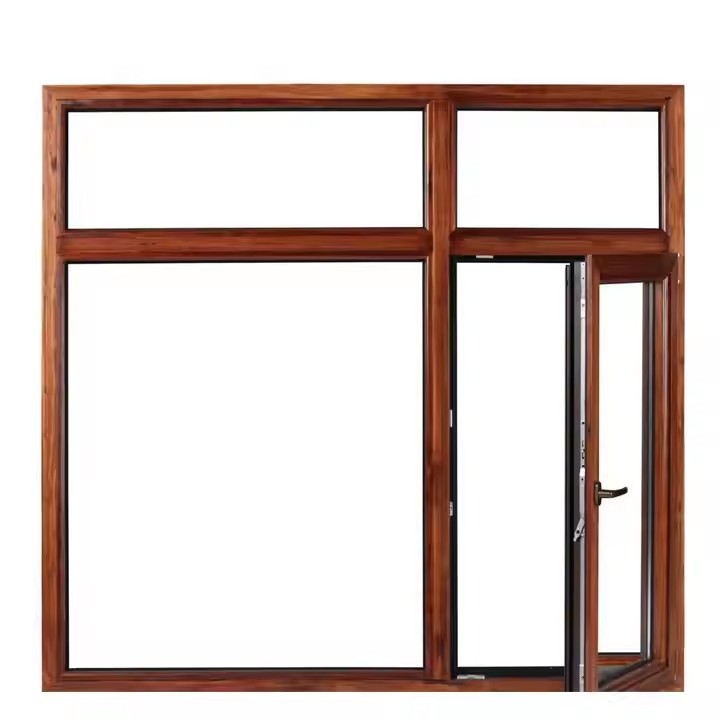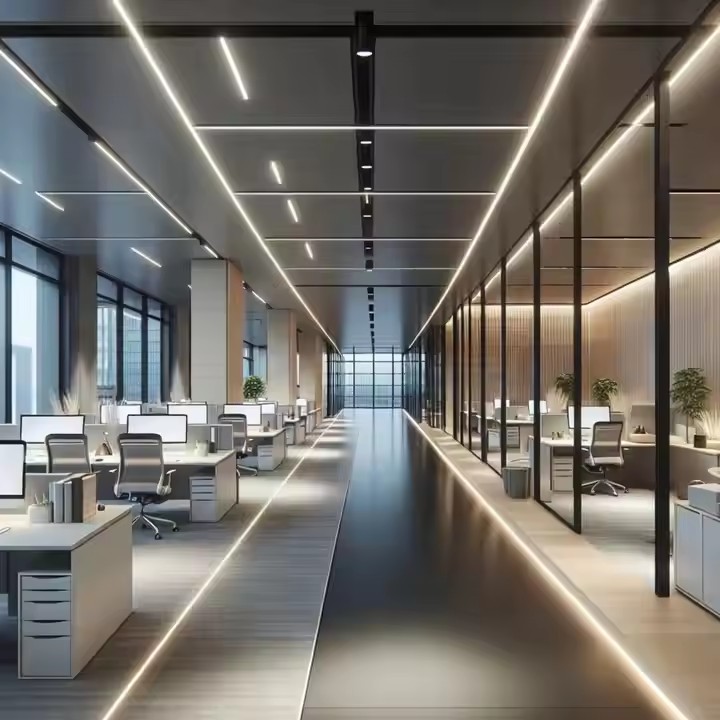As the core medium of interaction between buildings and the outside world, the modernization of door and window design is not merely a matter of stylistic evolution. Instead, it is a profound transformation driven by technological innovation, functional upgrades, ecological awareness, and human needs—an evolution from “meeting basic usage” to “enabling quality living.” In contemporary architecture, doors and windows are no longer isolated components for lighting and ventilation, but integrated systems that combine energy efficiency, smart technology, aesthetics, and sustainability. At its essence, the innovation of design logic redefines the relationship among people, buildings, and the environment.
To win customer favor, door and window products must also follow fashion trends. Only by keeping pace with the times can they resonate with consumer preferences. Starting with simple design, this means incorporating trendy elements wherever possible—because products that align with contemporary aesthetics and appeal to younger generations are the ones that hold real market competitiveness.

From the perspective of design thinking, traditional doors and windows focused primarily on “individual combinations,” pairing profiles with glass in a simple manner, while overlooking the synergy among components. This often led to issues in practice such as air leakage, water seepage, and hardware failure. By contrast, modern design has shifted fully toward a system-based approach, viewing profiles, hardware, seals, glass, and smart modules as an organic whole. Standardized cavity structures, modular component matching, and precision-controlled craftsmanship enable optimized synergy. For instance, high-performance system windows employ multi-cavity insulated profiles to block thermal bridges, pair them with EPDM sealing strips for enhanced airtightness, and integrate imported hardware with linked mechanisms. This not only reduces the thermal transmittance (U-value) to below 1.8W/(㎡·K)—meeting energy efficiency needs across various climates—but also extends product lifespan from the traditional 5–8 years to 15–20 years. By resolving the pain point of “emphasis on form but neglect of performance,” system thinking transforms design from “passive adaptation” to “proactive optimization,” truly using technology to solve real-world scenarios.
Functional upgrades are the central anchor of keeping design up to date, always revolving around real user needs. Against the backdrop of energy crises and rising environmental awareness, energy efficiency has become the foremost goal. Low-E insulating glass filled with argon gas reflects infrared radiation, while PA66 nylon thermal breaks block conductive heat transfer through profiles. Together, they make doors and windows the “first line of defense” for building energy savings. High-performance windows can even reduce a building’s energy consumption by 30–50%.
For urban noise pollution, triple-glazed and laminated composite glass structures apply damping principles to weaken mid-to-low-frequency traffic noise, while three-layer sealing systems further block airborne sound, restoring indoor tranquility. In terms of safety and convenience, designs have become increasingly refined: tilt-and-turn windows balance ventilation with anti-theft protection while eliminating risks posed by outward-opening windows in high-rise buildings; anti-pry hardware combined with tempered laminated glass strengthens residential security; and built-in ventilators solve the problem of air exchange in high-rise apartments where windows are not easily opened. These design innovations are, at their core, responses to layered user demands—from the basics of “no drafts, no leaks,” to the advanced requirements of “silence and energy savings,” and onward to premium needs like “convenience and safety.”

The integration of smart technologies has completely reshaped the way people interact with doors and windows, shifting them from “passive response” to “active service.” Supported by IoT and sensor technology, modern doors and windows now feature adaptive capabilities: rain sensors close windows automatically during rainfall; air quality sensors monitor TVOC and formaldehyde levels, activating ventilation when thresholds are exceeded to ensure healthy indoor air. Safety alerts have also been upgraded: if forced entry is attempted, built-in alarms trigger sound and light warnings while sending real-time notifications to the user’s phone. Child safety locks can be managed via apps to restrict opening angles, preventing climbing accidents.
More importantly, doors and windows are now deeply integrated into the smart home ecosystem. Through mobile apps or voice assistants, users can remotely control their operation, or link them with “home arrival” and “away” modes for scene-based automation. This intelligent transformation not only enhances convenience but also positions doors and windows as smart terminals that perceive and serve daily life, redefining the logic of interaction within living spaces.

